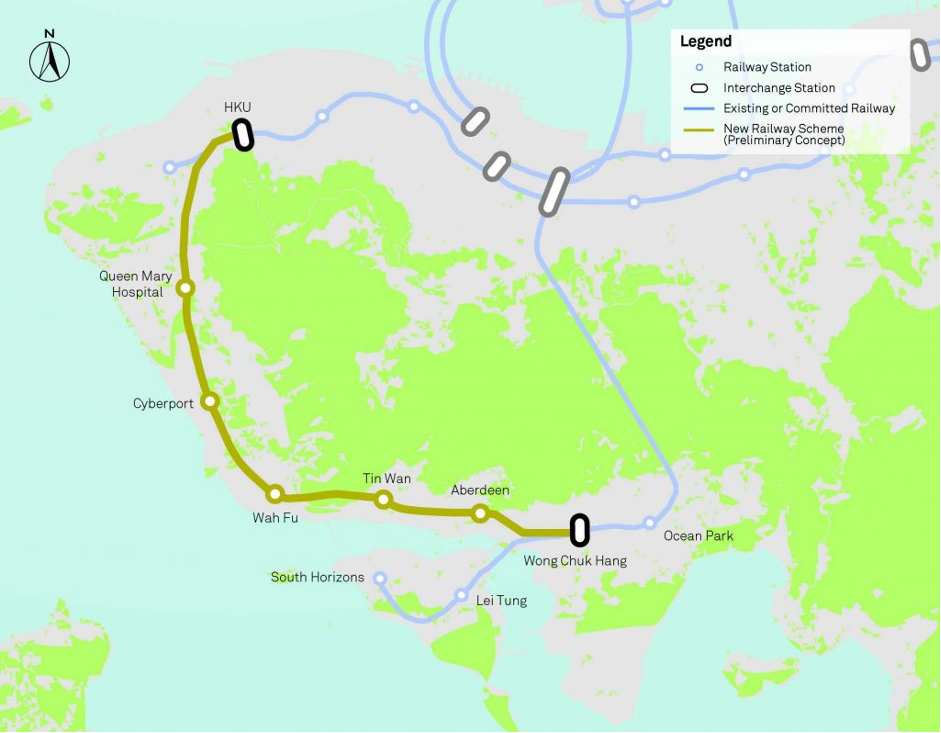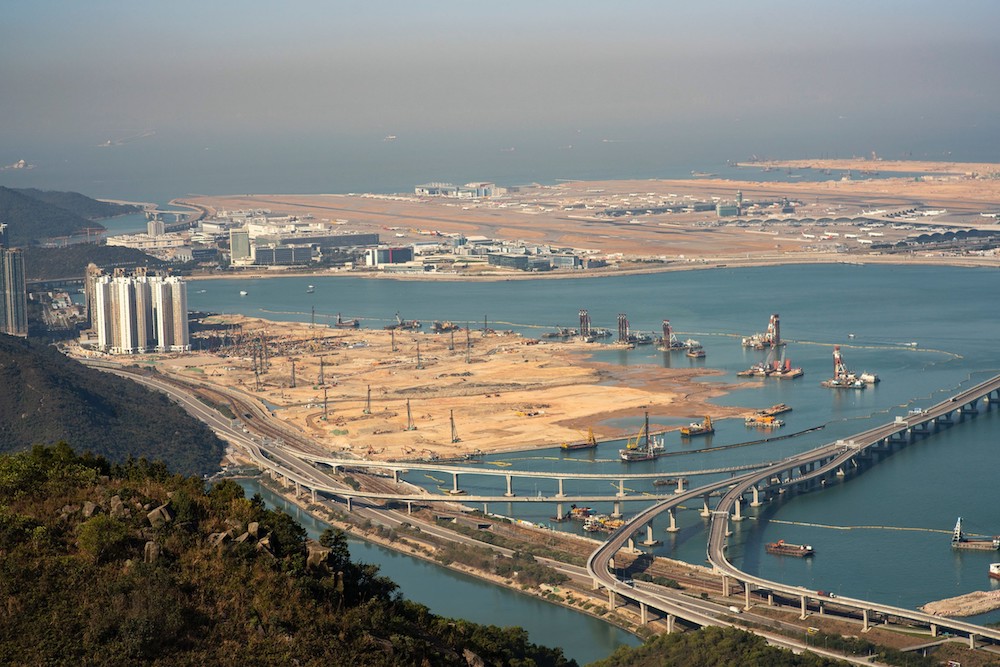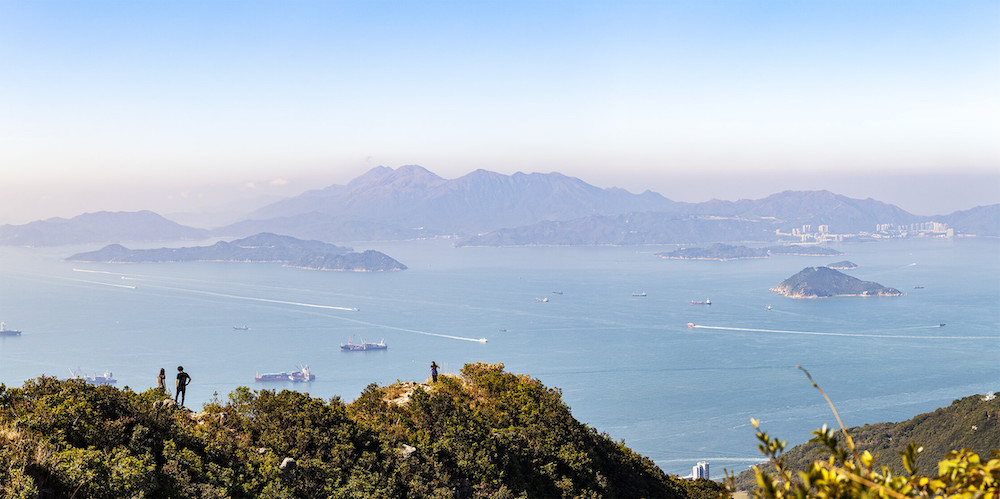Infrastructure development at the forefront of economic recovery in Hong Kong Policy address
Infrastructure featured quite heavily in the policy address by Hong Kong’s Chief Executive Carrie Lam in November 2020 with initiatives on the interlinked topics of land supply, housing and transport infrastructure.
The headline features were the use of infrastructure of to drive economic recovery after the twin impacts of social unrest and the COVID-19 pandemic. The government committed to an estimated infrastructure expenditure of HK$100 billion annually in the next few years. This compares with HK$70 billion spent in 2019. Much of this expenditure will likely involve projects already underway including the 3RS project at Hong Kong Airport, Kowloon Central Route and the territory wide major hospital redevelopment plan. However, a few new projects were given the go ahead.
Mass Transit Railway Extensions
Earlier this year, we covered the announcement of two of the major rail projects from the Railway Development Strategy 2014 study. The Tuen Mun and Tung Chung line extensions have now both entered the design phase with design teams appointed. Two further projects from RDS 2014 have now been given the green light – the Northern Link and the South Island Line (West).

The 10.7km underground Northern Link will connect Kam Sheung Road on the West Rail line with Kwu Tung on the Lok Ma Chau Spur line with intermediate stations at San Tin, Ngau Tam Mei and Au Tau. The new station will service the New Development Area of Kwu Tung North. The cost of the new line is estimated at HK$62 billion. Construction of Kwu Tung station on the Lok Ma Chau link will commence in 2023 with the more extensive link commencing in 2025.

RDS2014 concept design for the Northern Link
The South Island Line (West), also tunnelled, will link the recently completed South Island Line (East) at Wong Chuk Hang with the Island Line at Hong Kong University Station. It will comprise five new stations at Aberdeen, Tin Wan, Wah Fu Estate, Cyberport and Queen Mary Hospital. The Wah Fu public housing estate redevelopment is also progressing with funding approved earlier this year for five new sites to house the existing Wah Fu residents.
With these announcements the only RDS2014 line not announced is the East Kowloon Line.

RDS2014 concept design for South Island Line (West)
A new project not included in the RDS2014 study was also announced in the address being the redevelopment of the Siu Ho Wan depot to accommodate housing. The redevelopment of the site has been a long term proposal but with the heightened urgency of the housing situation, has been brought forward. The proposal would see the construction of a reinforced concrete deck over the depot and the construction of 21,000 flats over a period of 20 years. A new station would also be added to service the site.
Housing and Land Supply
The CE also announced that the land required for housing demands of over 300,000 public housing units in the next 10 years had been identified. The land supply would be mainly be provided in Tung Chung, agricultural and brownfield sites in New Development Areas of Kwu Tung North / Fanling North, and Hung Shui Kiu as well as Kai Tak and Anderson Road Quarry sites.

Reclamation for Tung Chung Town Extension underway in Lantau
The Chief Executive also stated that whilst the land supply for next 10 years could be fulfilled, the medium to longer term land supply still required attention. As a result she advised that “the current-term Government will not give up” on the hugely controversial Lantau Tomorrow Vision.

The Central Waters of Hong Kong between Hong Kong Island and Lantau would see significant reclamation under the government’s long term plans
This envisages construction of a series of islands comprising over 1,000 hectares of reclaimed land and related infrastructure in the central waters to construct the East Lantau Metropolis. The huge project would potentially accommodate 700,000 to 1 million people but has attracted severe criticism from many sectors of society as unnecessary, costly and environmentally damaging. However, the HK$500m of funding for the major studies for the project were approved by lawmakers earlier this month.
Conclusion
With the current projects underway and the new projects announced it is apparent that the government is intent on using infrastructure investment as a tool for economic recovery in the coming few years. This is good news for Hong Kong’s construction market as it seeks to recover from the social unrest and current pandemic. We will provide updates on these projects as they move through the development and approval pipeline.
